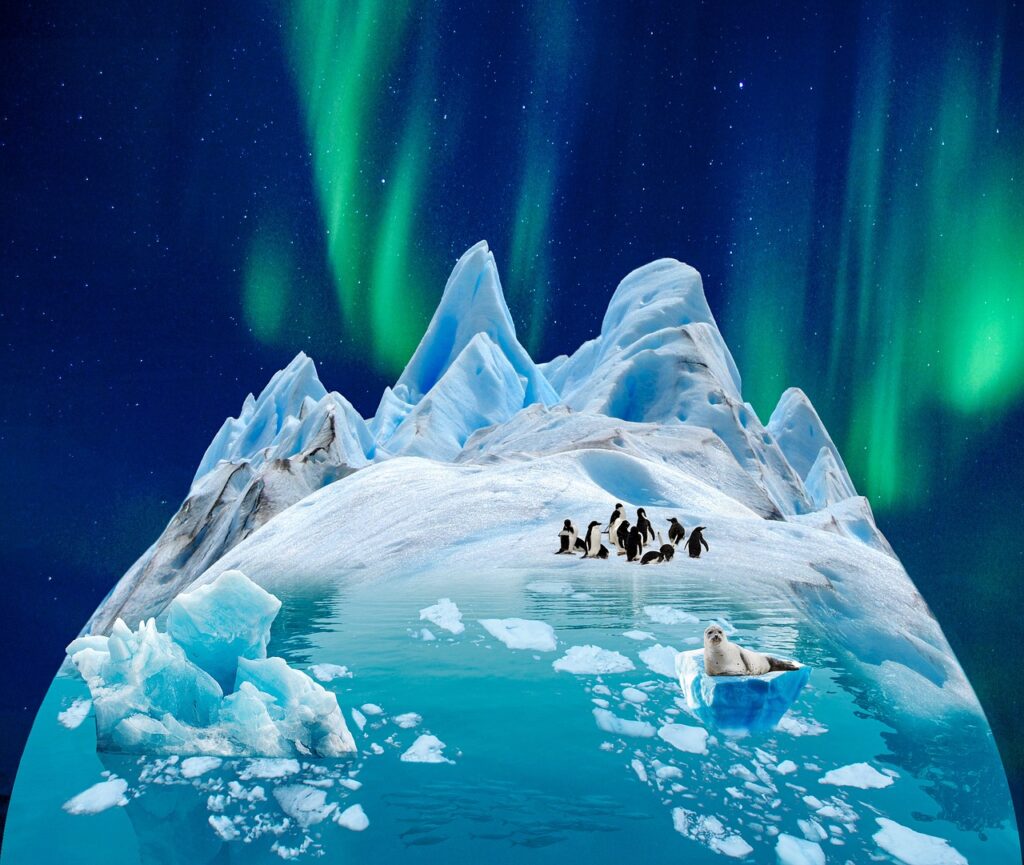The Science behind Climate Change and Its Consequences
Unveiling the Complexities of Earth’s Changing Climate
Introduction:
Climate change is a pressing global issue that demands our immediate attention. Understanding the causes, impacts, and solutions of climate change is crucial for ensuring a sustainable future for our planet. In this blog post, we will delve into key concepts surrounding climate change and its effects on various aspects of the environment, including greenhouse gases, sunspots, global warming’s unique fingerprint, and biodiversity.
1. Which of the following is not a greenhouse gas?
Greenhouse gases play a vital role in Earth’s atmosphere by trapping heat and maintaining a livable temperature. However, not all gases contribute to the greenhouse effect. Carbon dioxide (CO2), methane (CH4), nitrous oxide (N2O), and ozone (O3) are greenhouse gases, while nitrogen (N2) is not.
2. What are sunspots?
Sunspots are dark, cooler areas that appear on the surface of the sun. These spots are associated with intense magnetic activity and often occur in pairs or clusters. Sunspots are monitored to study solar activity and its potential impact on Earth’s climate.
3. The unique fingerprint of CO2-induced global warming is…
The unique fingerprint of CO2-induced global warming refers to the distinct pattern of temperature changes observed in different layers of the atmosphere. Scientists can identify this pattern by examining how the warming trend impacts the temperature profiles of the troposphere and stratosphere.
4. The purpose of a Stevenson screen is to…
A Stevenson screen, also known as a weather screen, is a white wooden box that houses meteorological instruments. Its main purpose is to shield these instruments from direct sunlight and other external factors that could influence their readings, ensuring accurate weather and climate data collection.

5. Which of the following is not one of the primary pieces of evidence for global warming?
The primary pieces of evidence for global warming include rising global temperatures, shrinking ice caps and glaciers, increasing sea levels, and changing weather patterns. However, it is important to note that the specific options are missing from the provided list.
6. For climate studies, what are the two most important instruments inside a Stevenson enclosure?
The two most important instruments typically found inside a Stevenson enclosure are a thermometer and a hygrometer. The thermometer measures temperature, while the hygrometer measures humidity.
7. What kind of orbit do most AMSUs fly?
AMSUs (Advanced Microwave Sounding Units) typically fly in sun-synchronous polar orbits, circling the Earth in a north-south direction, allowing them to cover the entire globe and collect valuable atmospheric data.
8. What are the factors that result in different climates in different parts of the world?
Several factors contribute to the variety of climates worldwide, including latitude, altitude, proximity to water bodies, prevailing winds, ocean currents, and topography. These elements interact to shape unique climate patterns across the globe.
9. A new highly nutritious crop is going to be planted in an area where it has never been planted before. What is the most likely outcome of such an event?
The most likely outcome of introducing a new highly nutritious crop to a new area is positive, as it can provide nutritional benefits to the local population. However, appropriate assessments should be made to avoid any potential negative impacts on local biodiversity.
10. The higher the k and/or ρ of some gas in the atmosphere, the ______ the effective height of emission to space.
The higher the k (thermal conductivity) and/or ρ (density) of a gas in the atmosphere, the lower the effective height of emission to space. These factors influence the ability of a gas to retain and emit heat within the atmosphere.

11. Borehole paleothermometry reveals a mean global ground-temperature increase over the past ~100 years of…
Borehole paleothermometry, a method used to reconstruct historical ground temperatures, indicates a mean global ground temperature increase over the past ~100 years, serving as evidence of climate change and global warming.
12. About how many species have scientists identified with some type of evolutionary adaptation to climate change?
Scientists have identified numerous species that exhibit various evolutionary adaptations to climate change. The exact number of species is difficult to determine, given ongoing research and discoveries across different ecosystems and taxonomic groups.
13. AMSU records show the atmosphere…
AMSU records provide valuable information about the vertical distribution of temperature and humidity within the atmosphere. These records allow scientists to analyze atmospheric changes over time and understand climate patterns and trends.
14. How does climate change affect the biodiversity of marine ecosystems?
Climate change poses significant threats to marine biodiversity. Rising sea temperatures, ocean acidification, and altered ocean currents disrupt ecosystems, impacting coral reefs, marine species, and the overall balance of marine habitats.
Conclusion
By understanding climate change and its impacts, we can take informed actions to mitigate its harmful effects and work towards a sustainable future for our planet.






